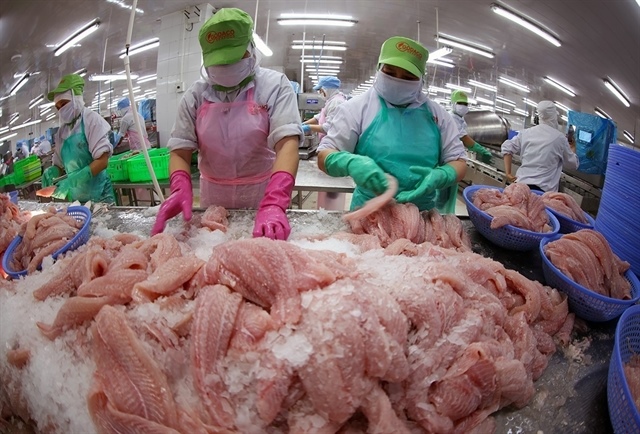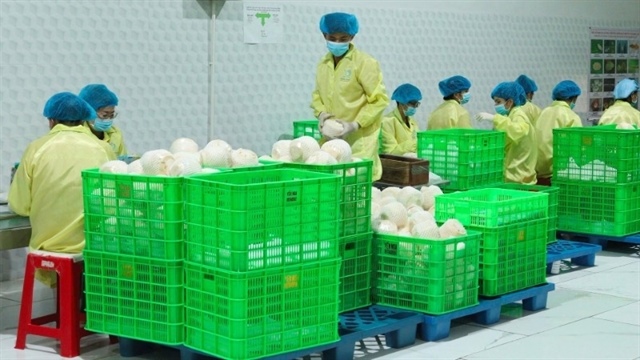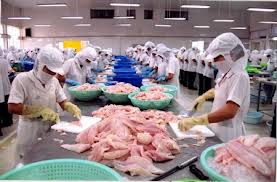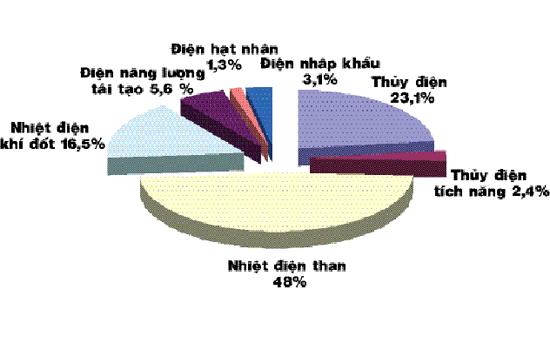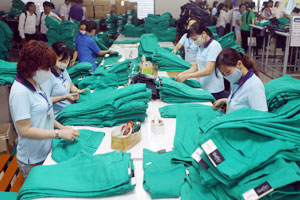Productivity key for garments
Productivity key for garments
Deputy director of the Viet Nam National Garment and Textile Group, Le Tien Truong, spoke to Vietnam News Agency about the industry's achievements this year as well as its future development.
What are the main achievements of the garment and textile industry this year?
The industry expects to achieve its goal of exporting US$17 billion worth of goods this year, which means a growth rate of 8 per cent.
However, to maintain this rate over last year, when there was a decrease in average export prices, output must actually increase by 14-15 per cent, depending on the situation in each market.
The global recession has lowered consumption and imports in many markets. This has particularly affected garment and textile exports from Viet Nam.
For example, Viet Nam's total export turnover to Europe this year decreased by 5 per cent. In the garment and textile industry, this was as low as 2-3 per cent.
The industry is maintaining its competitiveness and even expanded market share.
How large is the contribution of foreign-invested enterprises to exports compared to domestic ones?
The foreign-invested sector in the garment and textile industry contributed about 45-50 per cent of total export turnover. The rest was from the domestic sector.
What are the strengths and weaknesses of Vietnamese enterprises?
The strengths are due to a sound, long-term competitive strategy. This is confirmed by the fact that even during economic difficulties, the industry still records developments.
Regarding weak points, the localisation rate of the industry (using domestic raw materials in manufacturing) remained low compared to countries such as China (90 per cent) or India (90-95 per cent) despite increasing from 25-30 per cent to the current 48-50 per cent.
The low localisation rate affects smart supply capacity as well as price and cost competitiveness.
And interest rates of 12-15 per cent, up to 18 per cent at the end of last year, together with difficult in accessing capital, also burdens enterprises and lowers their competitiveness.
How can the industry improve the localisation rate?
The garment and textile sector operate under the global supply chain model. Viet Nam is now considered a destination for the development of the Asian garment and textile industry.
The localisation rate has grown by 3-5 per cent a year since Viet Nam joined the World Trade Organisation. The figures are still lower than expected. However, further achievements require a huge amount of capital that the industry cannot afford.
Besides, when investing in developing domestic raw materials, involvement in the global supply chain must be considered to ensure the efficiency of investments.
So, two things to be concerned about are financial capacity and global supply chain membership.
What are goals for next year ?
Based on market analysis, 2013 will continue to be difficult with just a slight increase in import demand by foreign buyers.
Next year, export turnover is expected to reach $18.5-19 billion. To achieve this, the industry must overcome many difficulties, including market share and competition.
The garment and textile industry will continue to focus on enhancing productivity to boost growth, rather than investment expansion.
vietnamnews




